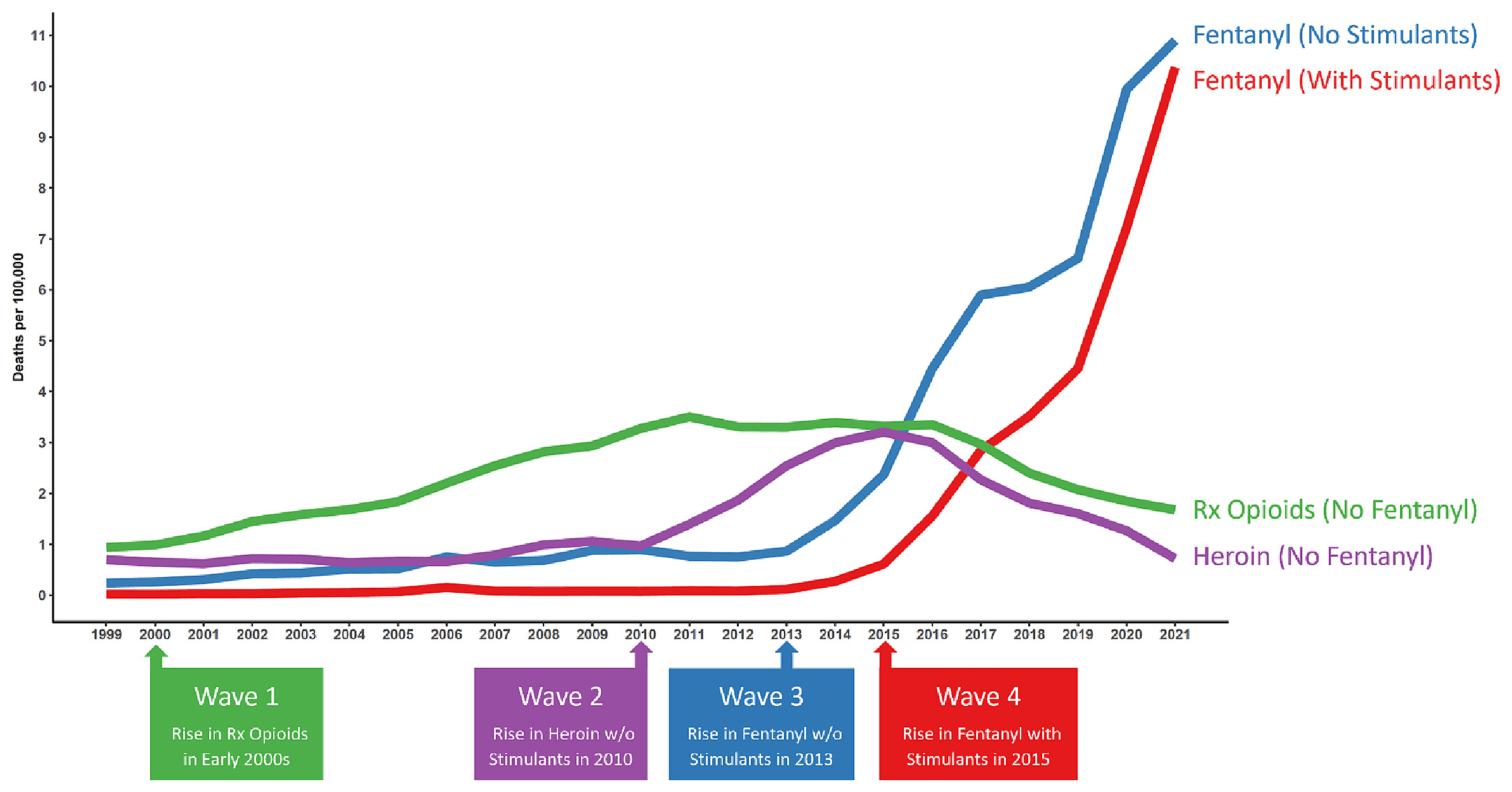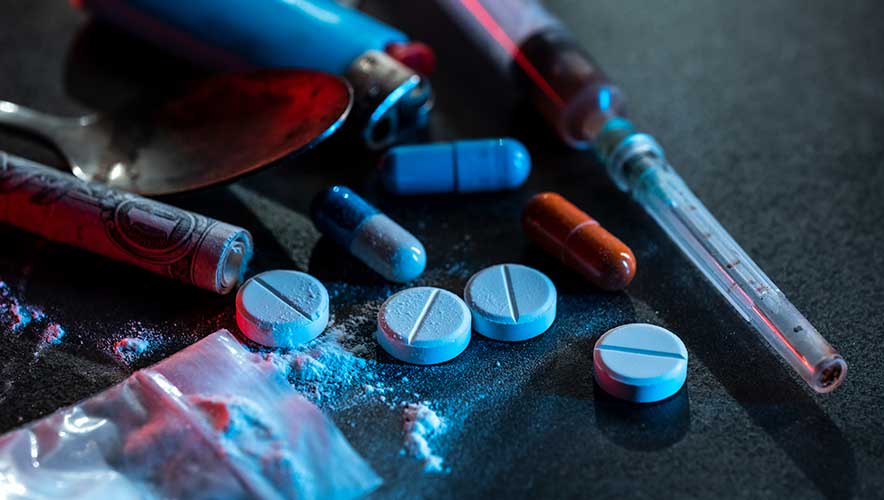Polysubstance Drug Abuse Complicates Opioid Addiction Policies
America’s drug overdose epidemic has entered a dangerous new phase characterized by use of drug combinations that make dosages more lethal, overdose treatment less successful, and addictions even harder to treat.
A New York Times article on the development reported, “…increasingly the utility of…therapies developed to address the decades-old opioid crisis is diminishing. They work to counteract the most devastating effects of fentanyl and heroin, but most users now routinely test positive for other substances, too.”
The Centers for Disease Control and Prevention (CDC) calls the development “polysubstance drug use.” The term encompasses long-standing drug-use patterns such as combining barbiturates and alcohol. The deadly turn polysubstance drug use has taken is due to the combination of synthetic opioids, notably fentanyl, with stimulants, including cocaine and methamphetamine.
An NPR article interviewed authors of a September article published in the scholarly journal Addiction in which the researchers dub polysubstance use the fourth wave of the drug overdose crisis. “We’re now seeing that the use of fentanyl together with stimulants is rapidly becoming the dominant force in the U.S. overdose crisis,” one of the researchers told NPR. "Fentanyl has ushered in a polysubstance overdose crisis, meaning that people are mixing fentanyl with other drugs, like stimulants, but also countless other synthetic substances.”

© 2023 The Authors. Addiction published by John Wiley & Sons Ltd on behalf of Society for the Study of Addiction. Used under Creative Commons, noncommercial license.
The graph shows that the number of opioid overdose deaths that involve stimulants is rapidly approaching half. According to the Times analysis of preliminary data from the CDC, in 2022 it reached 42 percent. “Treating someone for opiates is relatively easy,” Paul Trowbridge, an addiction specialist, told the Times. He described meth as “a monster,” and said polysubstance use meant “it’s really unpredictable what people are buying, which makes it dangerous for them. It’s a killing field out there.”
For opioid addiction, drugs such as buprenorphine and methadone can curb the craving for someone who wants to stop taking it. Achieving sobriety becomes easier, though, as high death rates and relapse rates show, still far from being easy. However, similar treatments for meth do not exist. Likewise, naloxone is an effective treatment for someone experiencing a life-threatening overdose event. It is so effective, and opioid addiction has become so prevalent, that health agencies encourage training non-medical professionals to administer the drug as regular first aid training, and including the drug in first aid kits. Naloxone is only effective in opioid overdoses, however, stimulant overdoses have no equivalent treatment.
Health agencies have begun to study polysubstance drug use more intensely, and have identified several reasons why people engage in the activity. Common reasons include mixing stimulants and depressants to create a balanced high effect, using one type of drug to alleviate the reactions caused by a different type (such as using an antidepressant to induce sleep after using a stimulant), to enhance the euphoric feeling in other ways, or, as is often the case, unintentionally if suppliers combine drugs without telling buyers.
The drug use epidemic has serious ramifications in the workplace. As companies seek to address the issue, it is important for them to understand how the situation is evolving. Increasingly, the problem is more than an opioid problem, making it even more complex.











